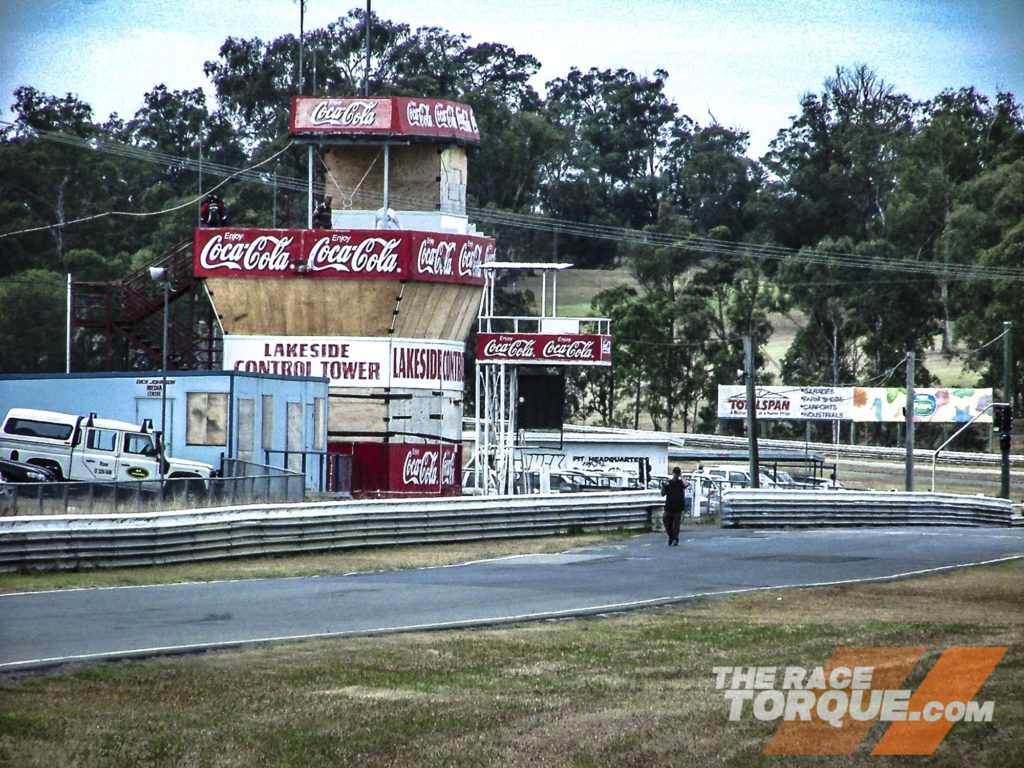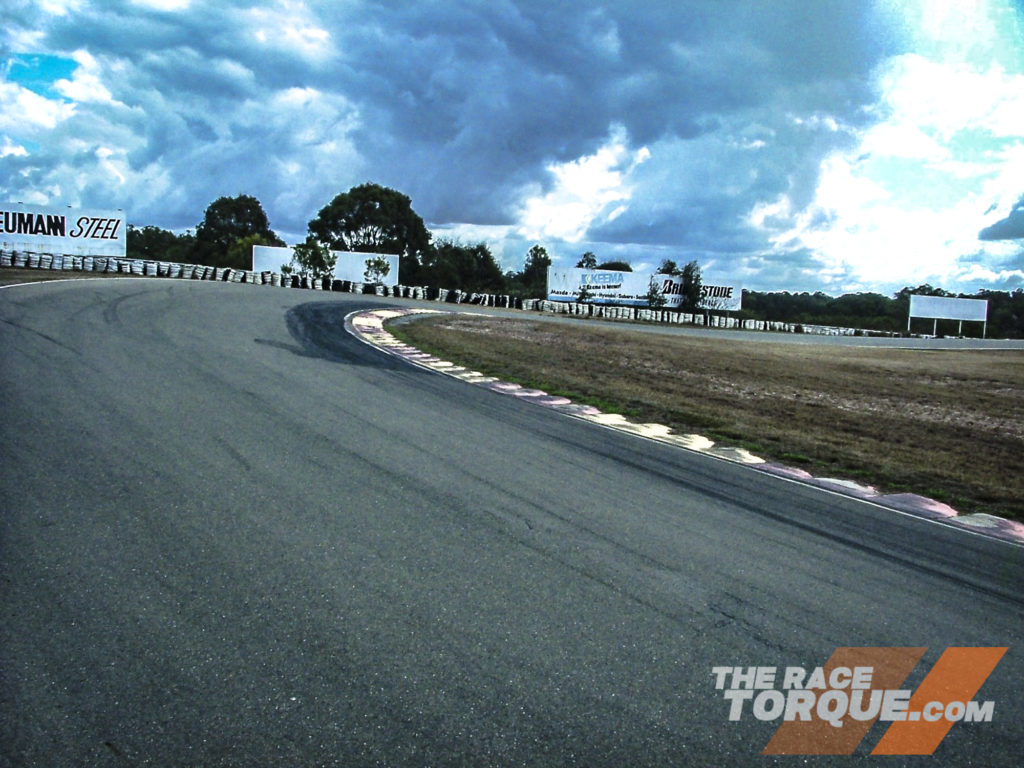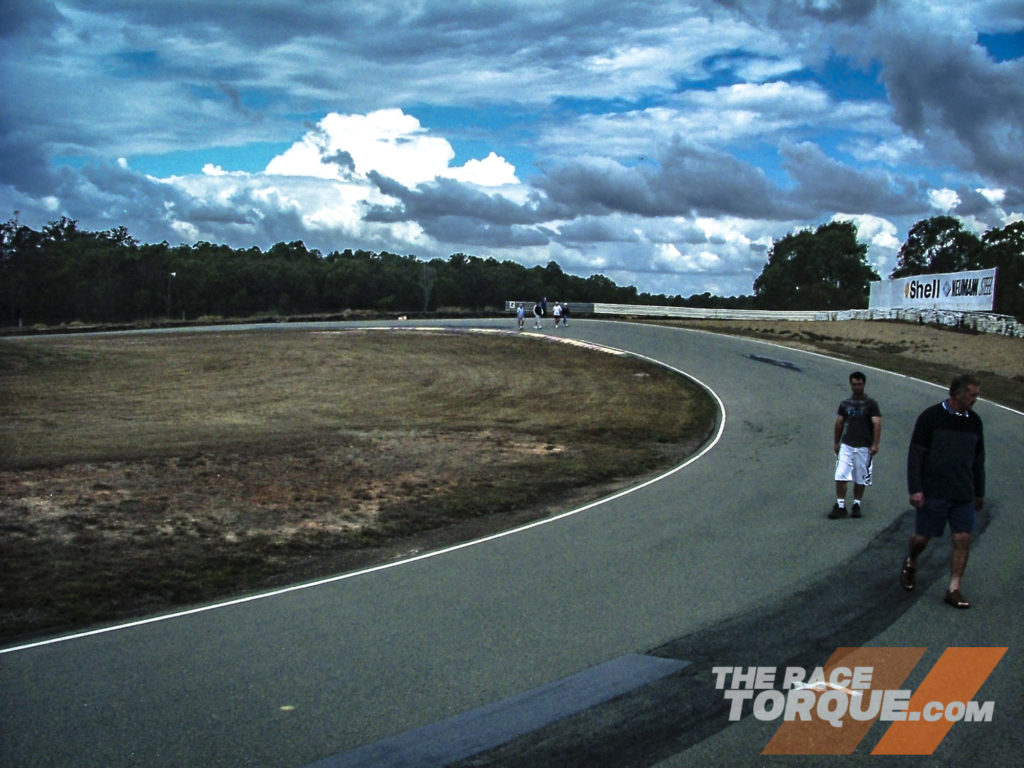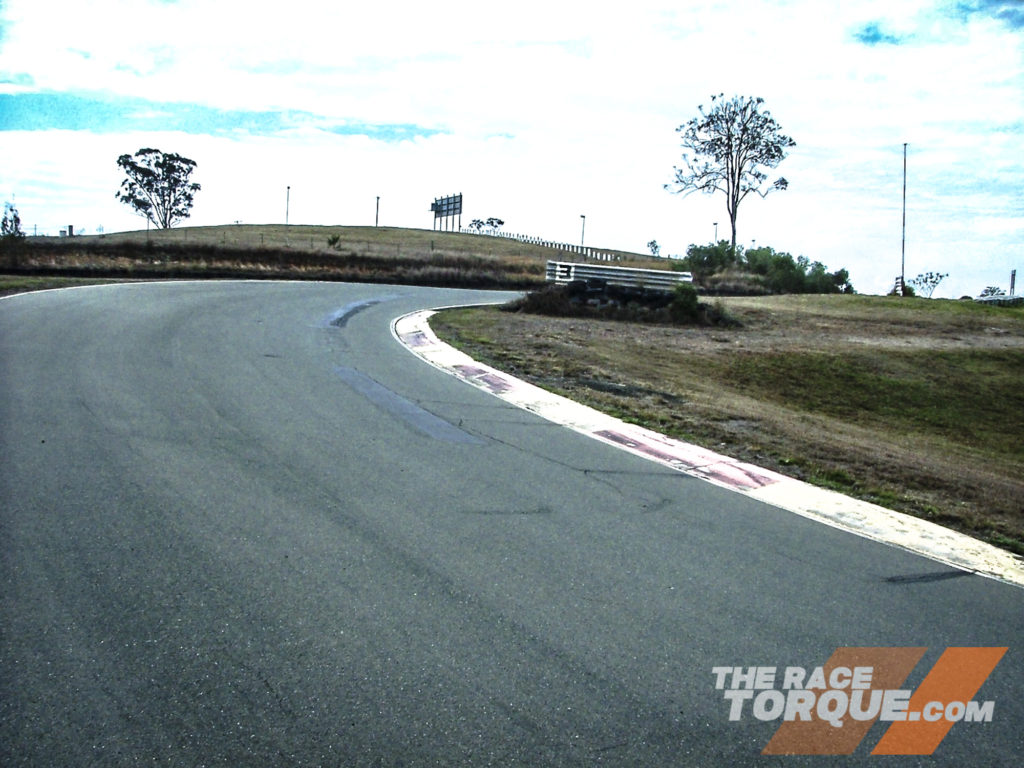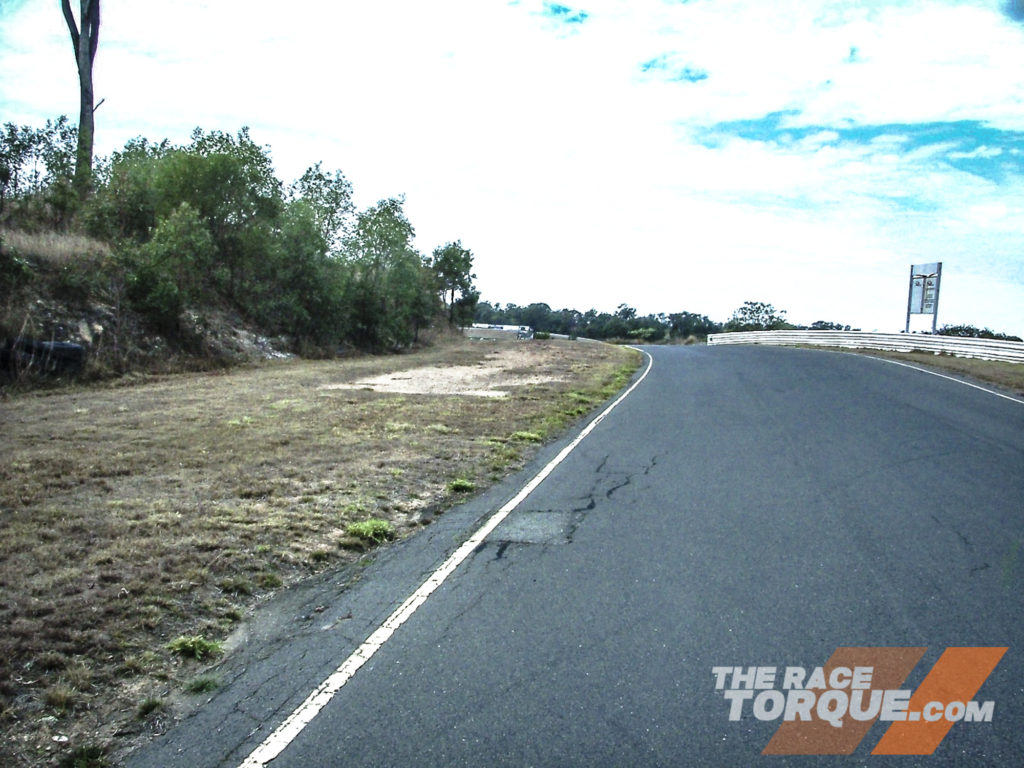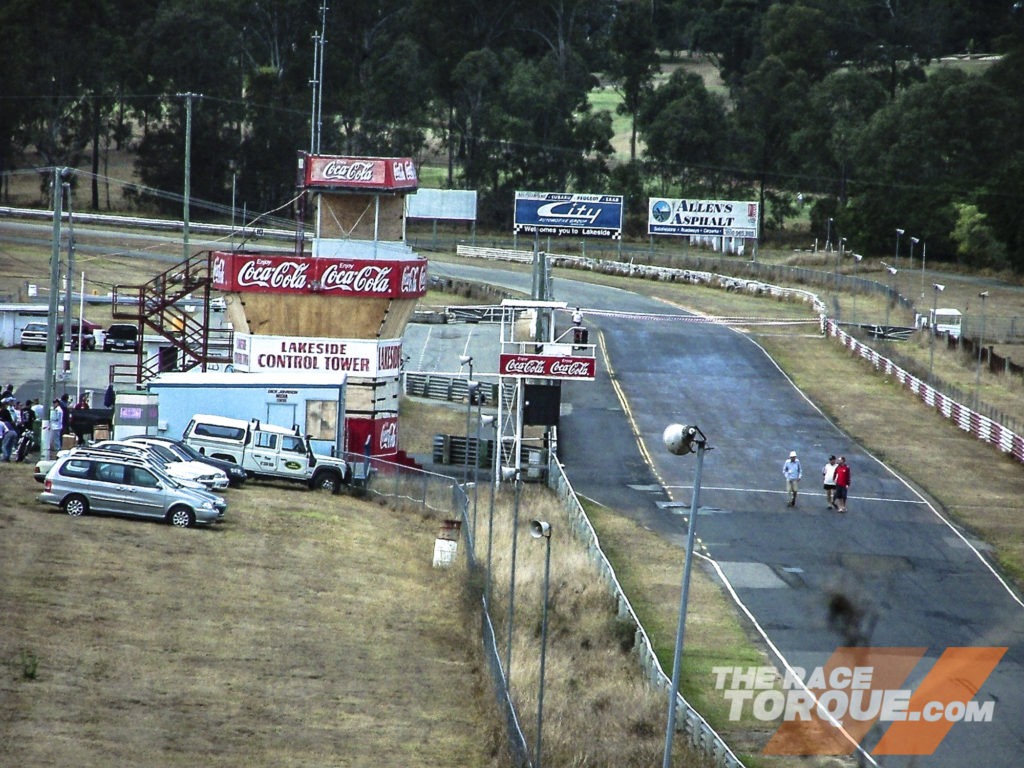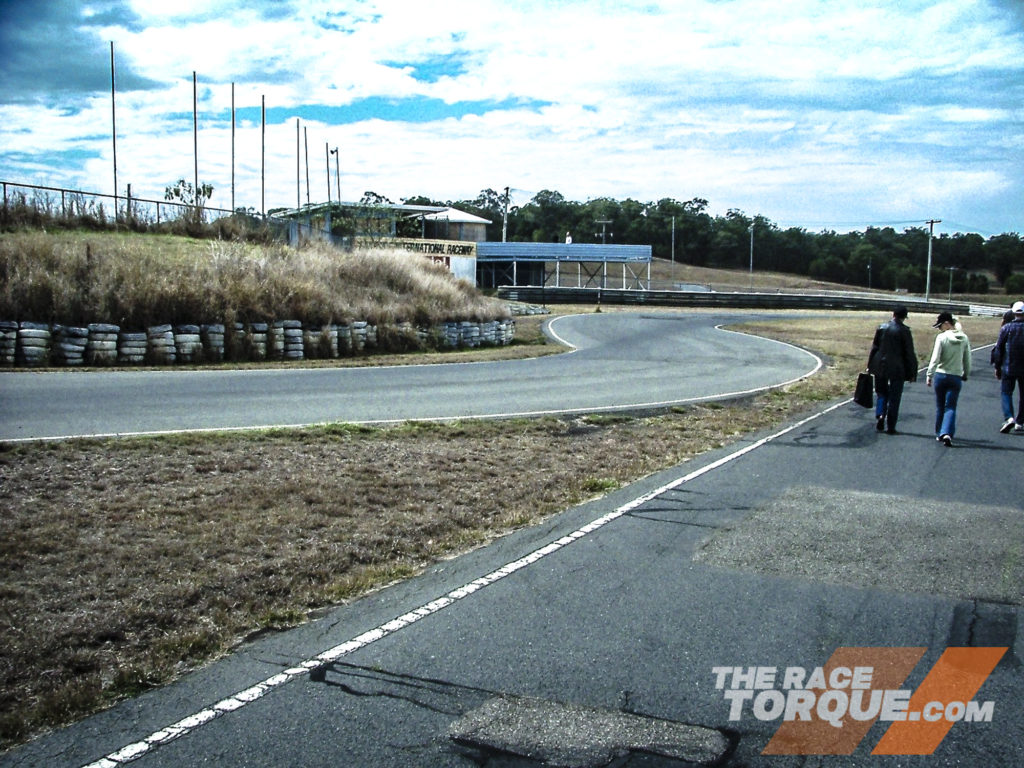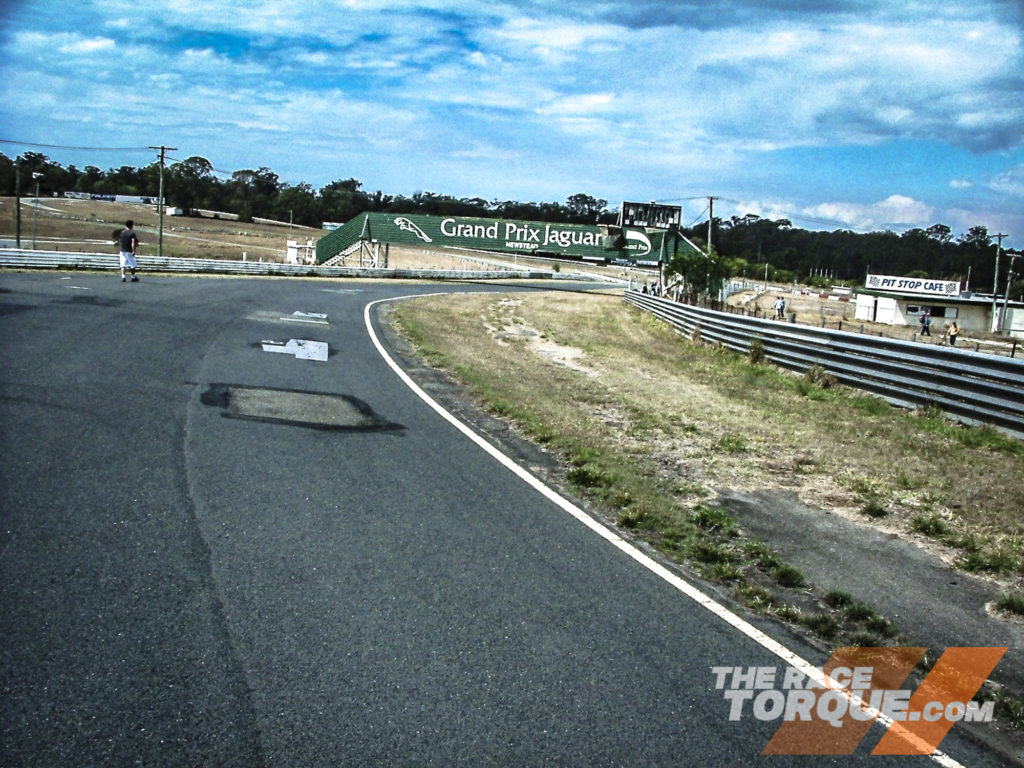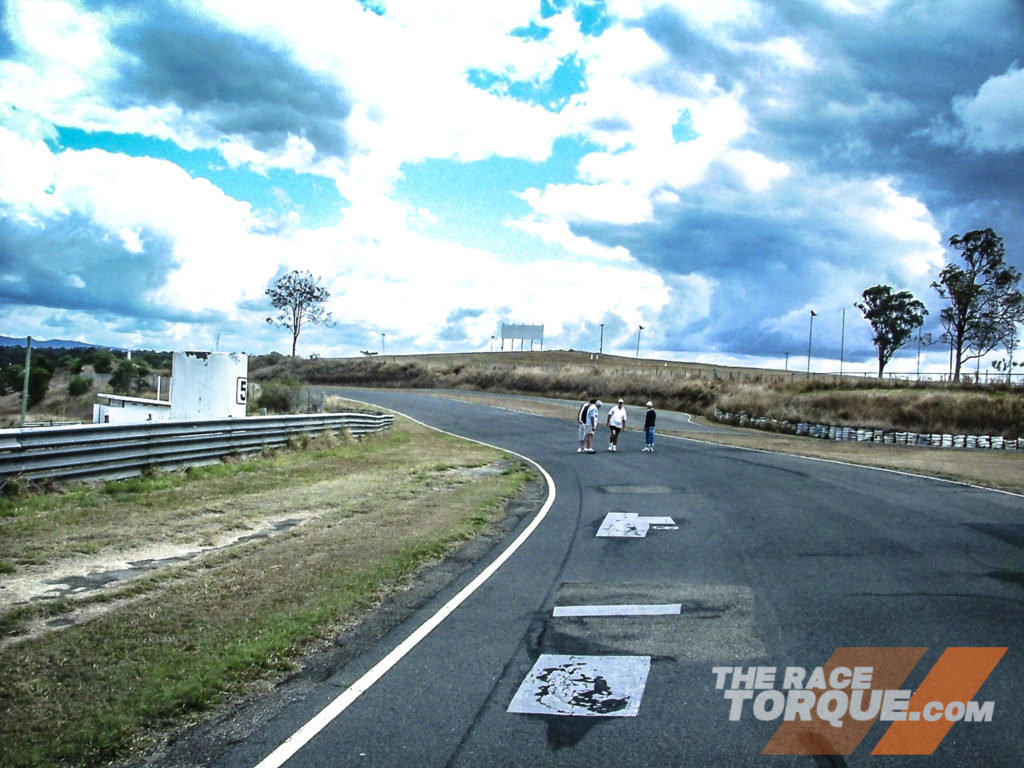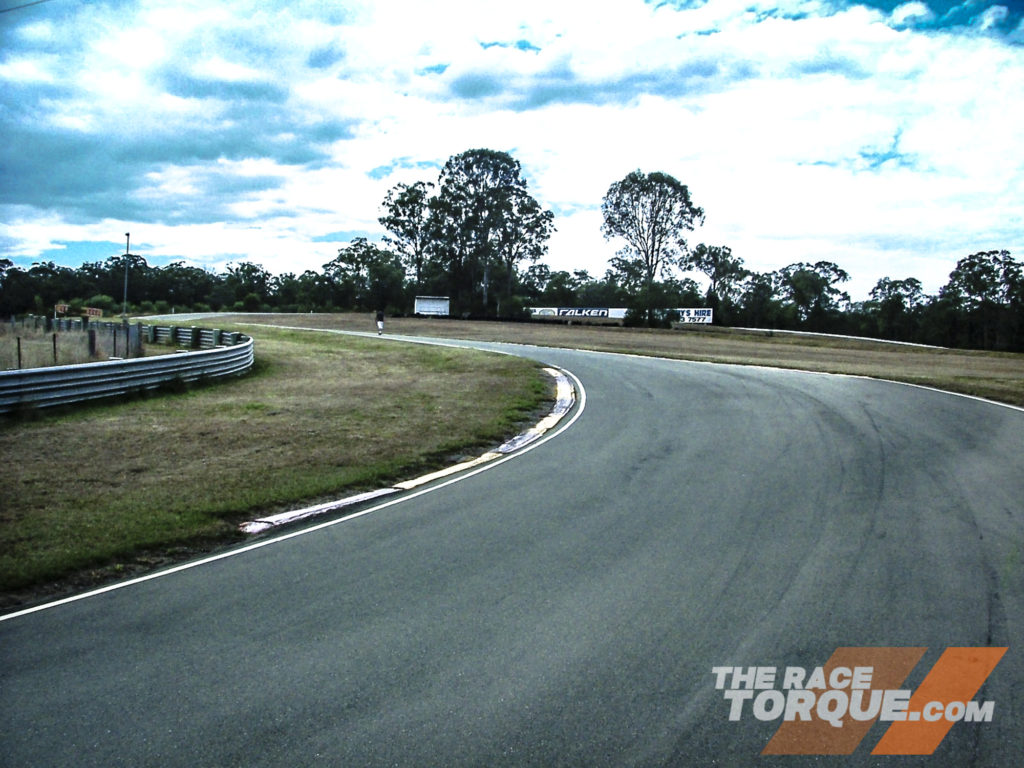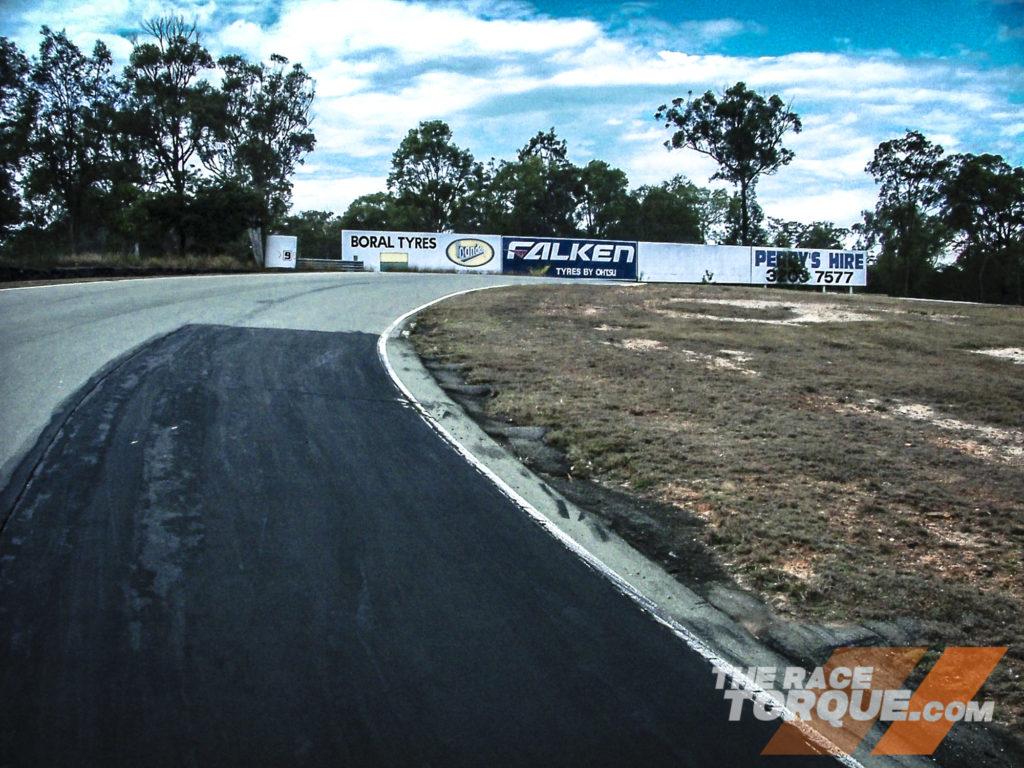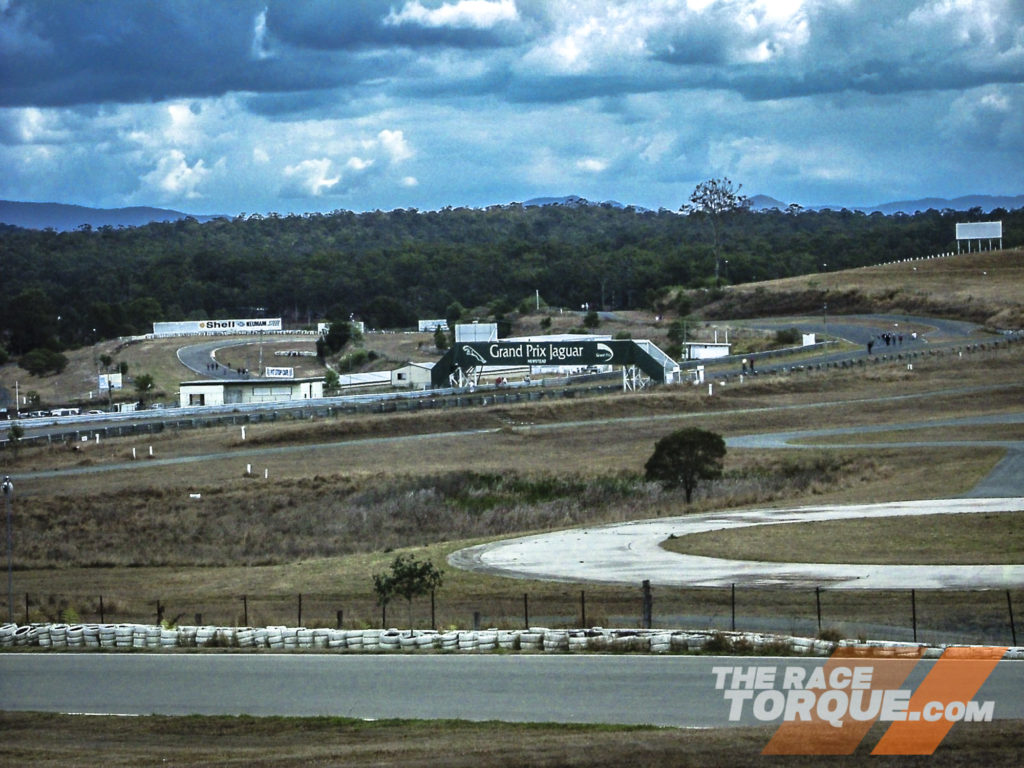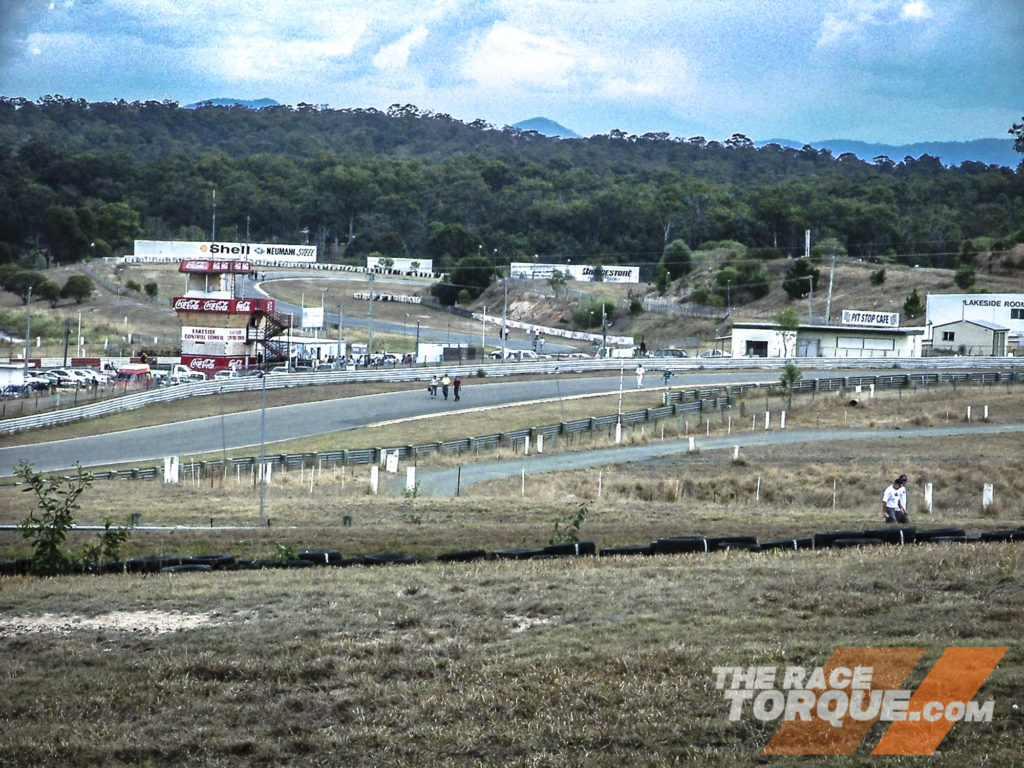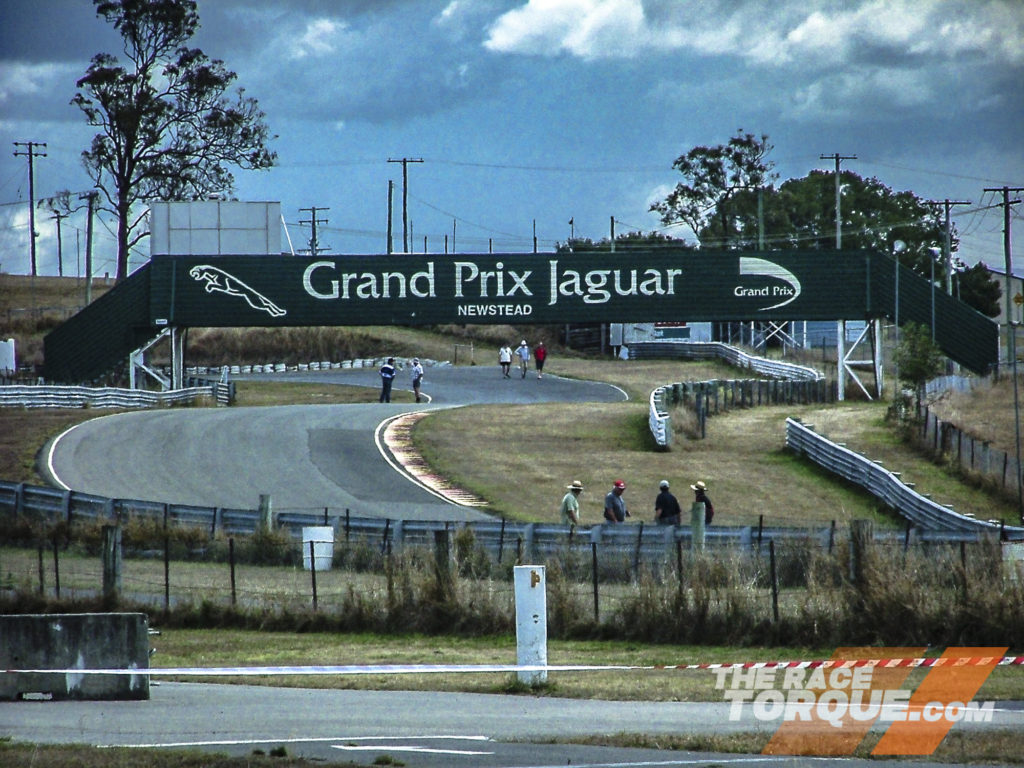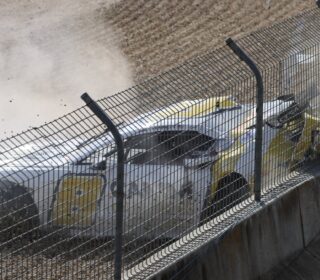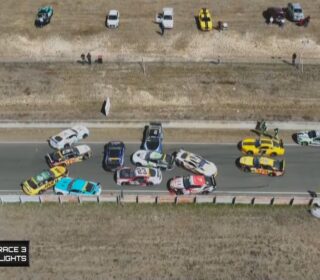THE FALL AND RISE OF LAKESIDE RACEWAY

PRECIOUS few race tracks ever close and re-emerge. Lakeside isn’t your typical raceway.
WORDS & IMAGES: Mark Walker, with specials thanks to Chris Donnelly and others for their assistance.
By the late 1990s, the south-east Queensland motorsport scene was changing, Queensland Raceway rose from the coal mines of Willowbank, and with it, and many of the big ticket events toured an hour west, enjoying the more modern facilities.
July 1999, the same month in which QR opened to the public with a state level event, Lakeside Raceway was placed on the market by the custodian Sakzewki family, who had operated the venue since its inception in 1961.
By the close of tenders on the 20th of August, the facility failed to sell.
Come August 16th 2001, the track had fallen into the hands of receivers and the gates locked, with the venue’s Konica Series event on July 8th the last time cars competitively hit the wild 1.5mile ribbon of tarmac, with Paul Dumbrell claiming the last ever race win.
The venue always had a complicated relationship with the local Pine Rivers Shire Council, whom had a stake in the venue’s grounds following a resumption of land dating back to the late 1960s, with the council taking on ownership of pockets of the facility.
Racing however continued at the venue thanks to an indenture which permitted the Council portion of the land to be combined with the surrounding freehold area to form the race track.
All told, the circuit operated on a freehold of 35.208 hectares, with indentured Council land totaling 9.71 hectares.
Legend has it, that with the dam wall of Lake Kurwongbah being raised, sections of the circuit were built up with soil extracted from what became a swamp between the entry gates.
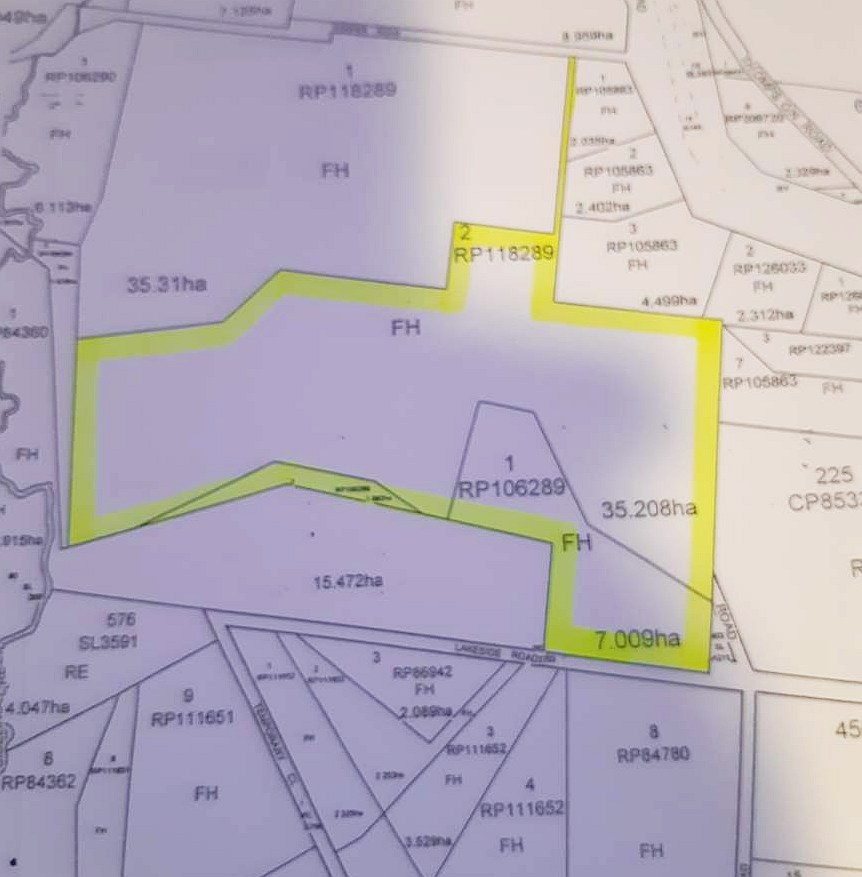
By October 1st, the Shire Solicitor recommended to the co-ordination committee of the Council that they were no longer bound by the terms of the 24th of August 1967 indenture agreement between the Sakzewski family (plus associated entities) and the council to allow racing to occur, and that the council wouldn’t hand the agreement on to a new owner, or create a similar agreement with any new owner.
In essence: the new owner wouldn’t own all of the race track, nor be allowed to use the council’s portion for racing.
Subsequently, the council were able to buy the 35.208 hectare section of the facility that they didn’t previously own in mid-November 2001 for a meagre $600,000, despite strong interest in the market.
“The Council will ensure that Lakeside will never be used for racing again,” Mayor Yvonne Chapman told The Northern Times.
“Continued use of the facility as a race track could eventually pose a threat to the water quality of the lake through seepage of oil, fuel and chemicals.
“The time has come for the track to be put to a better community use.”
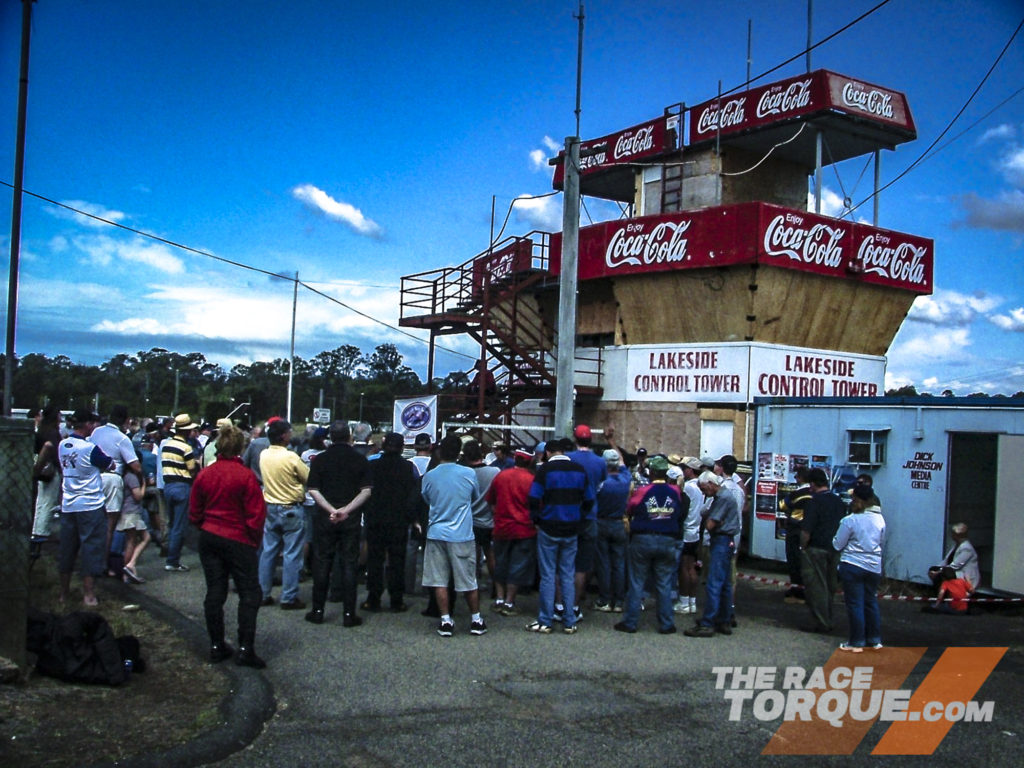
People Power
It turns out motorsport fans can be a passionate bunch.
Two distinct groups emerged following the closure of the venue; Friends of Lakeside were concerned with the heritage listing of the venue, while the Lakeside Motor Racing Enthusiasts aimed their efforts at lobbying the council.
It wasn’t long before the tide had started the change. It wasn’t a torrent, but a trickle.
On the 17th of January 2002, the Environmental Protection Agency advised the council that the facility had been nominated for entry into the Queensland Heritage Register, a major hurdle if the council were ever to consider flattening the facility.
By February, the council started to consider the use of the venue to include motor car and bike activities at a club level, driver training, “non-offensive commercial uses”, appropriate sporting, passive and local government activities, with the driver training facility given the green light to return to action.
Following this, an auction was held on February 26th of the items not already owned by the council, which in turn secured items such as a demountable toilet block, pit garages and the PA system for a total of $34,950.
Interestingly enough, when racing did return to Lakeside it was sans PA, as the noise generated by the spruikers provided a bigger sound issue than the actual race cars!
The photos seen on this page were from the day of the auction, showing the state of the track and surrounds, with one image of interest below being the damage to the underside of the “Grand Prix Jaguar Bridge.”
Whispers at the time suggested that the local race tyre vendor was tipped off to the impending locks being placed on the gate, scooted to the track, emptied the contents of his shed into his truck, and then went for one final flying lap.
Things were going great, that was, until it became apparent that the truck didn’t quite fit under the bridge….
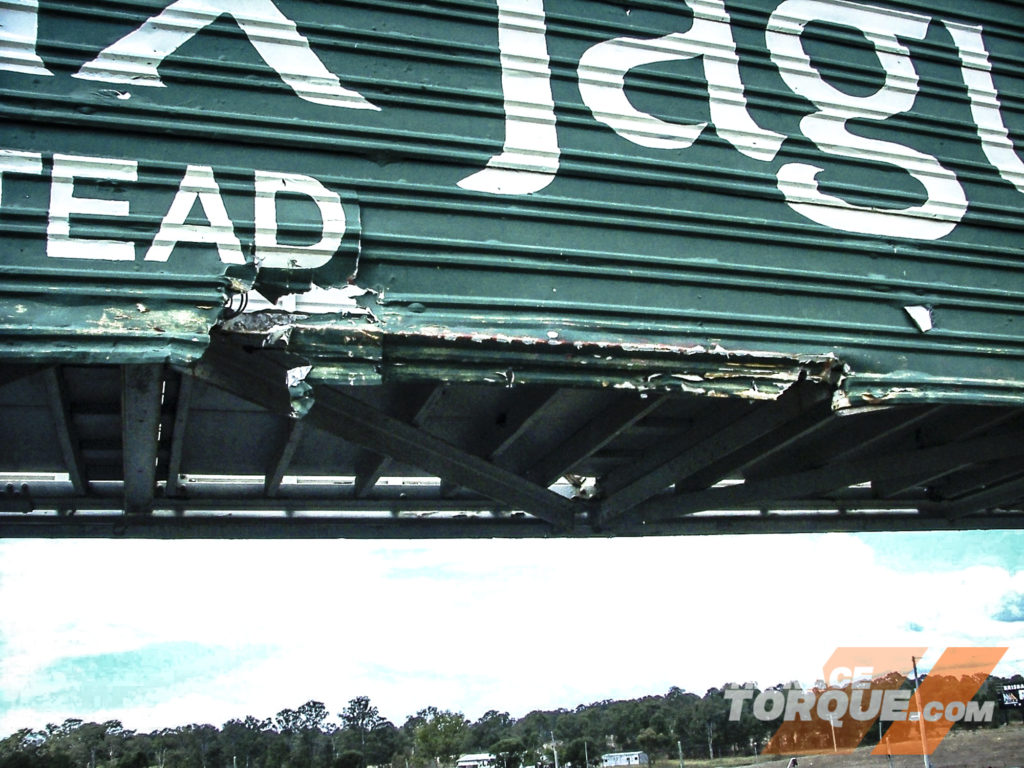
By mid-2002, bicycle racing had returned to the venue, with the circuit provisionally entering the Heritage Register on November 29th 2002, an important move at the time that seemingly preserved items such as the guardrails, the control tower and the now damaged bridge, from prospective demolition.
Along the way, the council was being peppered with requests to use the facility; Barry Nixon-Smith and Motorplex Australia expressed an interest in running the track, while the Riverside Community Church applied to use the Pole Position Building, which was knocked back.
Driver and rider training were on the cards, while the Sunshine Coast Kart Club expressed an interest to use the driver training area for their activity.
The 29th of April 2003 was a red letter day for the preservation of the venue, with the track the first motorsport facility of its type to receive full, permanent heritage listing, after a remaining section of the Brooklands oval in the UK was previously listed.
This though, was far from the end of that chapter…
Mudslinging also started in earnest at this time regarding the claim that motorsport polluted the lake, with an investigative piece by Glenn Roberts published in the Pine Rivers Press on the 22nd October.
“Pine Rivers Shire Council has admitted it has no proof that the Lakeside International Raceway posed a pollution threat to the adjoining Lake Kurwongbah,” read the front page report.
“Cr (Mike) Charlton said no study had shown Lakeside had been a source of pollution, or would be in the future.”
Reports at the time also noted that the facility had registered less than six noise complaints from 40 years of operation.
Come April 2005, the Council had successfully argued to have the facility removed from the Heritage Register, another world first, which was scheduled to finally take place in May 2010.
According to those pushing the preservation barrow, after that, all bets were off, and the bulldozers would essentially be allowed to move in.
While that was seemingly a kick to the teeth of the supporters of the facility, the council’s move in 2006 to open up tenders for organisations to run the venue, threw the rumour mill into overdrive.
All told, 11 organisations applied, with four short listed, with those including a mix of non-motorised recreational sports, driver training, motorcycle training, and low level motorsport, with tenders coming from the PCYC, Total Driver, Motorcycle Australia and John Tetley, from Queensland Raceway.
Negotiations went the way of QR, with the winning tender announced on September 27th, while on the December 18th 2007 it was proclaimed that a 30 year lease, with an option for 10 more, had been put in place.
With the weeds partially whacked, low grade club racing returned to strict noise guidelines on the 6th of April in 2008.
Quite how these final paragraphs played out, as well as the Heritage Listing, will be coming your way very shortly in part two of our tale, focusing on the red tape, the politics and the NIMBYs of Lakeside Park…



